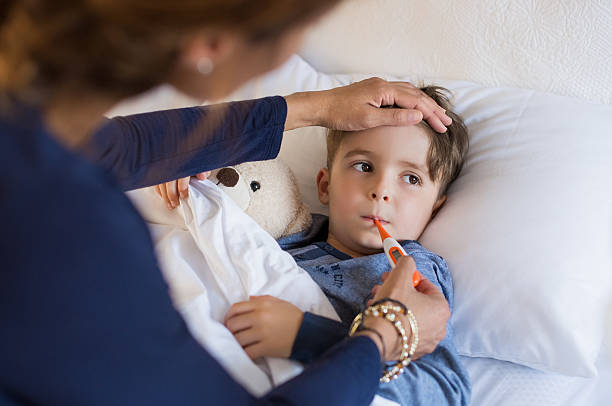We’re letting you know that this post contains sponsored links which Your Savvy Purse receives compensation for, which may impact their order of appearance.
As we navigate the changing seasons, healthcare professionals are reporting an increase in pediatric pneumonia cases. This rise can be concerning for parents, but being informed can help you recognize the signs and take appropriate action. Here’s what you need to know about pediatric pneumonia, its symptoms, prevention, and when to seek medical help.
What is Pediatric Pneumonia?
Pneumonia is an infection that inflames the air sacs in one or both lungs, which can fill with fluid or pus. In children, pneumonia can be caused by various pathogens, including viruses, bacteria, and fungi. While it can range from mild to severe, early recognition and treatment are essential for the best outcomes.
Common Symptoms to Watch For
Recognizing the symptoms of pneumonia is key. Common signs in children include:
- Cough: A persistent cough, which may produce mucus.
- Fever: Often higher than 100.4°F (38°C), indicating an infection.
- Difficulty Breathing: Rapid breathing, wheezing, or labored breaths.
- Fatigue: Increased tiredness or lethargy.
- Chest Pain: Discomfort in the chest area, especially when coughing or breathing deeply.
- Loss of Appetite: Not eating or drinking as usual.
If your child exhibits these symptoms, especially in combination, it’s important to consult a healthcare provider.
Risk Factors for Pediatric Pneumonia
Certain factors can increase a child’s risk of developing pneumonia, including:
- Age: Infants and young children are at a higher risk due to their developing immune systems.
- Underlying Health Conditions: Children with asthma, cystic fibrosis, or other chronic illnesses may be more susceptible.
- Exposure to Smoke: Secondhand smoke can weaken lung function and increase the risk of respiratory infections.
- Lack of Vaccination: Not being vaccinated against diseases like influenza and pneumococcal bacteria can leave children vulnerable.
Prevention Tips for Parents
While not all cases of pneumonia can be prevented, there are proactive steps parents can take:
- Stay Up to Date on Vaccinations: Ensure your child receives all recommended vaccines, including the pneumococcal and flu vaccines.
- Practice Good Hygiene: Teach your child the importance of handwashing, especially before meals and after being in public places.
- Avoid Smoke Exposure: Keep your home smoke-free to protect your child’s lungs.
- Encourage Healthy Habits: Promote a balanced diet, regular physical activity, and adequate sleep to strengthen your child’s immune system.
- Monitor Health: Pay attention to any respiratory symptoms and consult a doctor if they worsen.
When to Seek Medical Help
If you suspect your child may have pneumonia, it’s crucial to seek medical advice, especially if they exhibit:
- Difficulty breathing or shortness of breath
- High fever that does not respond to medications
- Severe cough or chest pain
- Confusion or extreme fatigue
Timely intervention can prevent complications and ensure your child receives the appropriate care.
Conclusion
With pediatric pneumonia cases on the rise, it’s essential for parents to stay informed and vigilant. Understanding the symptoms, risk factors, and prevention strategies can help protect your child’s health. If in doubt, don’t hesitate to consult your healthcare provider for guidance. Together, we can help keep our children healthy and thriving during these challenging times.



